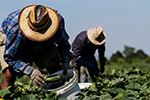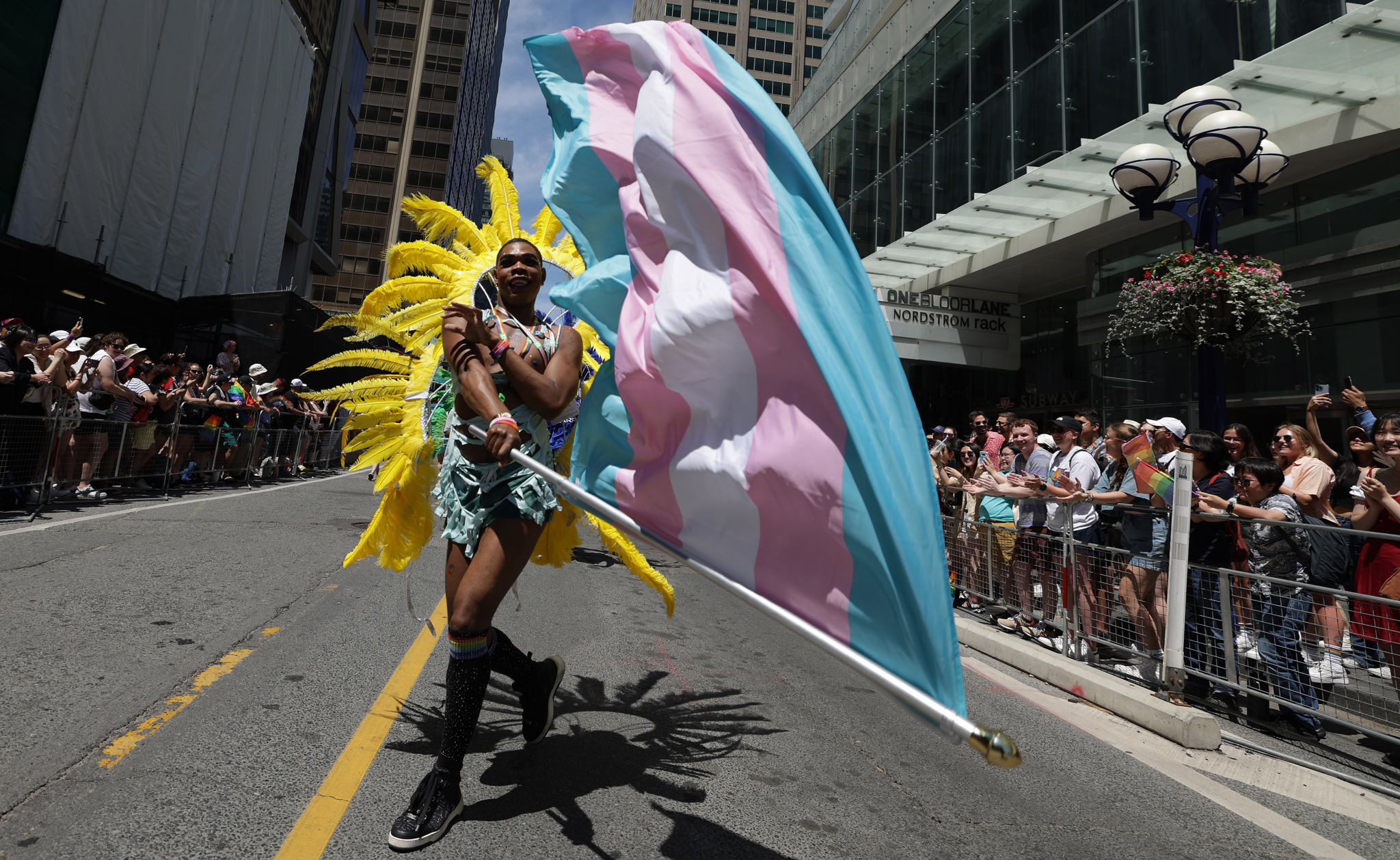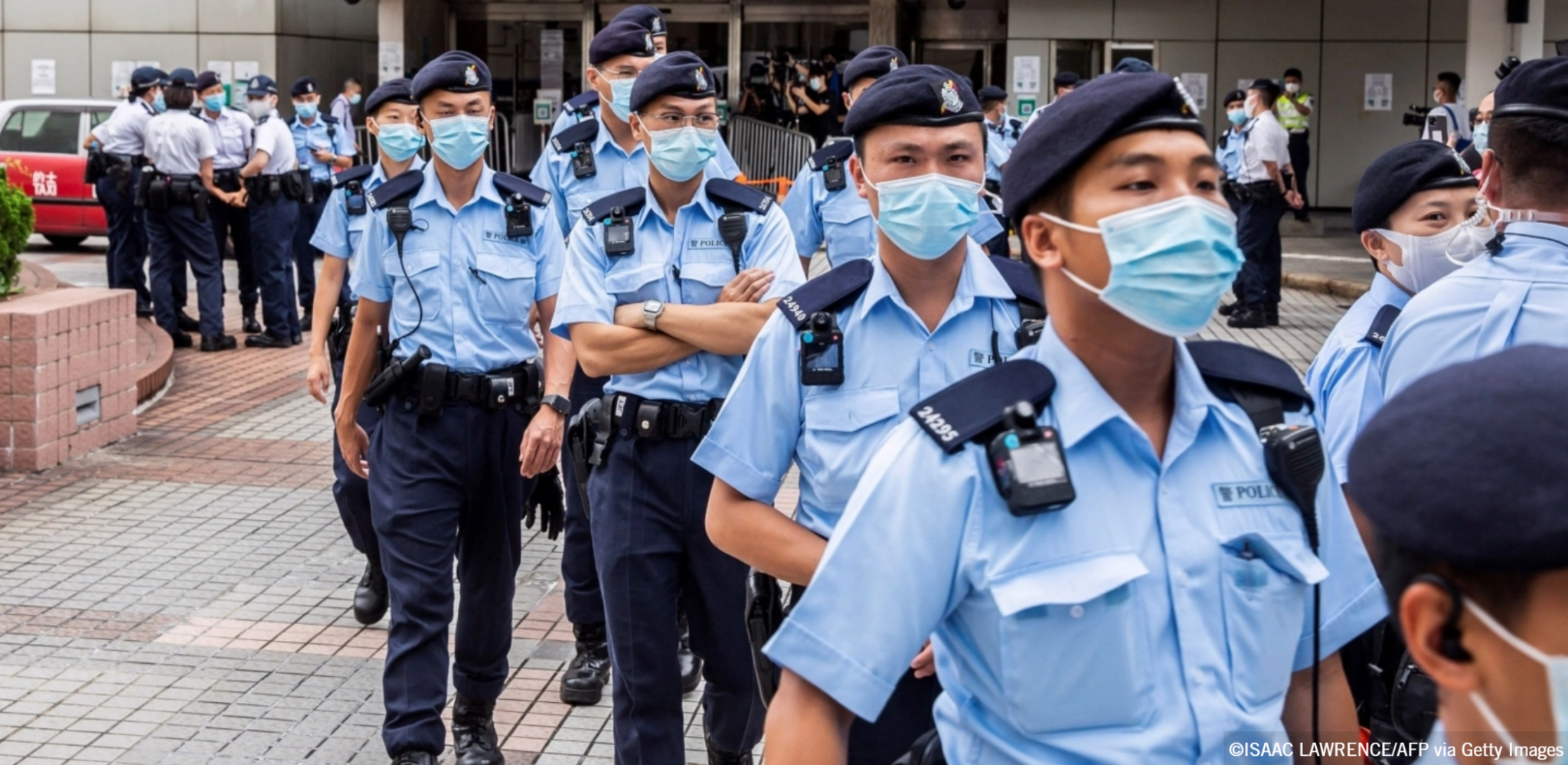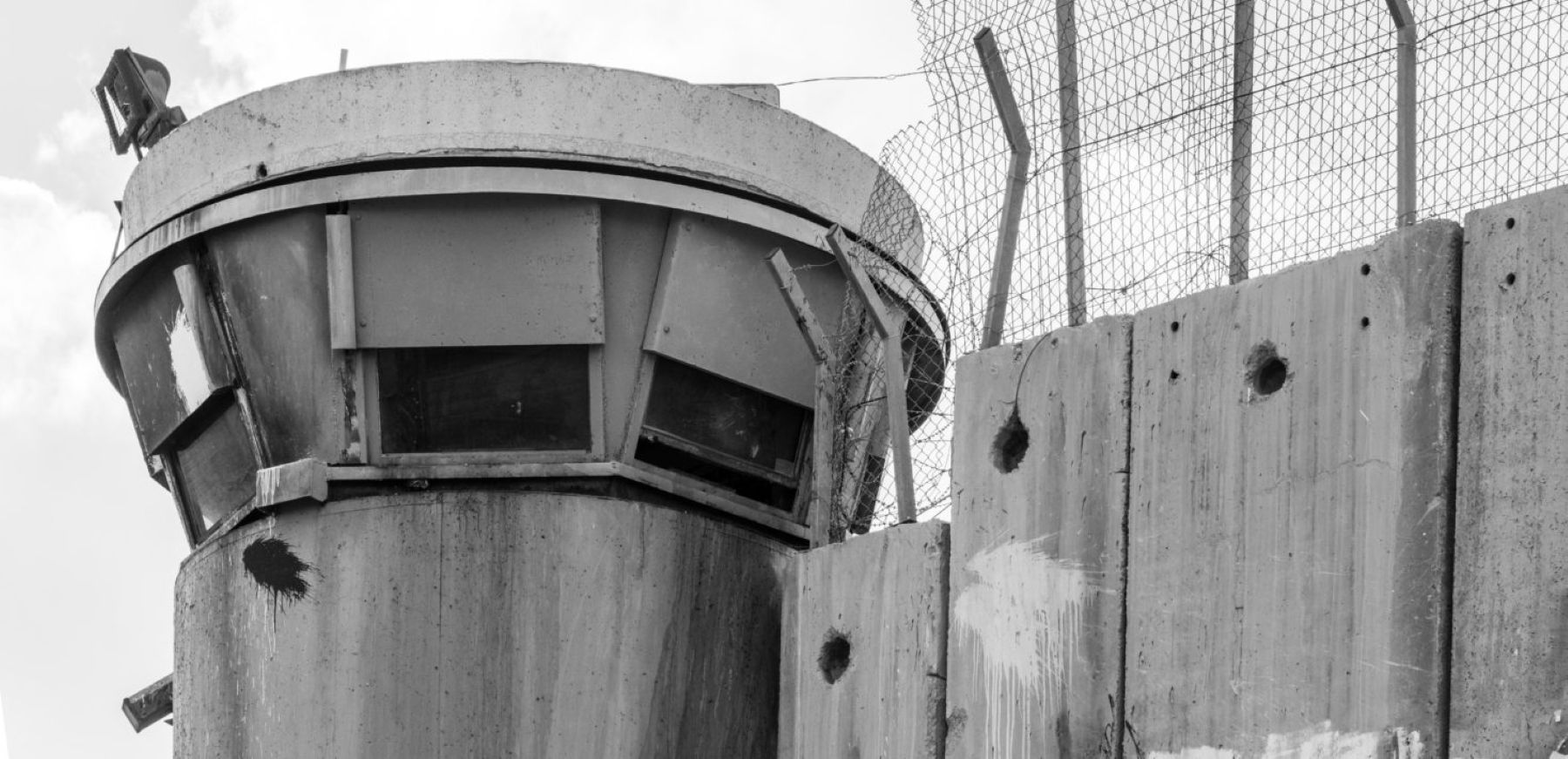All governments have a responsibility to do everything in their power to prevent violence against women. This includes provincial and territorial governments as well as municipalities. It also includes Indigenous governments and institutions such as Band Councils. All have a shared responsibility to be part of the solution to ending violence against Indigenous women and girls.
However, the federal government has a particular responsibility to help ensure the safety and well-being of Indigenous women and girls.
Here are some of the reasons why:
- VIOLENT ATTACKS ARE COMMITTED EVERYWHERE: Indigenous women and girls face high levels of violence no matter where they live. An effective solution needs to be responsive to local needs and build on the knowledge and expertise of affected families and frontline organizations. However, an effective solution also needs to be national in scope so that the rights of Indigenous women and girls are respected and upheld in all regions of Canada and whether they live on reserve or in an urban centre.
- RESPONSIBILTY FOR SERVICES ON RESERVE:The federal government determines how much funding is available for crucial services in First Nations reserves such as women’s shelters, child and family services and healthcare. Chronic underfunding of many of these services is a crucial factor putting Indigenous women’s lives at risk.
- RESPONSIBILITY FOR RCMP: The federal government is responsible for the RCMP. And the RCMP is the one police service most often involved in investigations of murders and disappearances of Indigenous women from small towns and reserve communities. As the national police service, the RCMP is responsible for coordinating data on crimes and publishing crime statistics. It is also in a position to promote needed reforms in policing practices.
- A DEBT OF JUSTICE: Many of the factors putting Indigenous women and girls at risk are the direct result of government actions and policies – such as the removal of children to attend residential schools, the treatment of First Nations women under the Indian Act, and the violation of Treaties – that have torn apart and impoverished Indigenous families and communities. The federal government has a clear obligation to work with Indigenous peoples to undo the harm that it has caused.
- INTERNATIONAL HUMAN RIGHTS COMMITMENTS: The federal government has the primary obligation to ensure that Canada’s human rights commitments are met. The international bodies responsible for evaluating state compliance with human rights treaties like the Convention for the Elimination of All Forms of Violence Against Women have repeatedly said that more must be done to prevent violence against Indigenous women and girls in Canada. Their recommendations are directed to the federal government.
- A UNIQUE COORDINATION ROLE: Canada needs a coordinated national response to violence against Indigenous women and girls. Perpetrators need to know that no matter what jurisdiction they are in, violence against Indigenous women and girls will not be tolerated. A federal role in coordinating violence prevention initiatives, policing responses, and supports for victims of violence and their families are needed to ensure a consistent national approach and to ensure accountability.
Amnesty International is standing with Indigenous women’s organizations to demand a comprehensive and coordinated National Action Plan to stop violence against Indigenous women and girls, including an independent National Inquiry to ensure that families and communities are heard and listened to. Please join us in urging the federal government to live up to its human rights responsibilities.


























